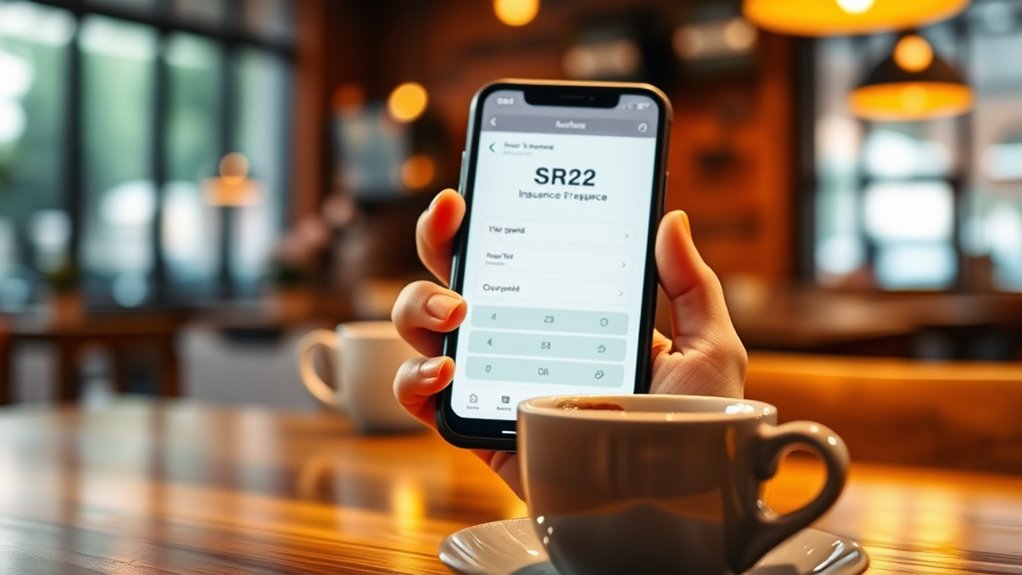Why Is Getting SR22 Insurance So Simple?
Did you know that over 1 million drivers in the U.S. require SR-22 insurance each year? It might sound challenging, but getting SR-22 insurance is surprisingly straightforward. Most auto insurance providers can handle the filing for you, making the process almost seamless. If you don't have a current provider, you can easily find insurers specializing in high-risk situations. So, what makes this process so accessible for those looking to regain their driving privileges?
If you've faced legal issues like a DUI or reckless driving, you might need SR-22 insurance to regain your driving privileges. While many people think of SR-22 as a unique insurance policy, it's actually a form that certifies you have the minimum liability insurance coverage mandated by your state. This certification is essential for high-risk drivers like yourself, ensuring you meet legal requirements and can get back on the road.
Getting SR-22 insurance is a straightforward process. Start by contacting your current auto insurance provider to see if they handle SR-22 filings. If they do, they'll guide you through the necessary steps. However, if your provider doesn't offer SR-22, don't worry. You can easily find an insurer who specializes in these filings. Just make sure to provide details about your violation and your current insurance policy when you reach out.
Contact your auto insurance provider to check if they handle SR-22 filings, or find a specialized insurer if needed.
Once you find a suitable insurance company, they'll file the SR-22 form with your state's Department of Motor Vehicles (DMV). Depending on your situation, there are also non-owner SR-22 policies available for those who don't own a vehicle. This flexibility means you can still comply with state laws and get back to driving, regardless of your circumstances.
Many misconceptions surround SR-22 insurance. Some people mistakenly believe it's only required for DUI convictions, but that's not the case. Other serious offenses can trigger the need for SR-22 as well. Plus, even though it's designed for high-risk drivers, affordable options are out there. By comparing rates from different insurers, you can find a policy that fits your budget and needs.
Continuous coverage is important during the SR-22 period, which typically lasts two to five years, depending on your state. If you let your coverage lapse, you could face penalties, including further license suspensions. A lapse in SR-22 coverage may cause the time period to restart.
The cost of SR-22 insurance can vary widely based on several factors. Your driving history, age, and the specifics of your violation all play a role in determining your premiums. Generally, a DUI or reckless driving conviction will lead to higher rates than minor infractions. Younger drivers may also face increased costs due to their inexperience. Keep in mind that your location can influence insurance rates, with some states having higher premiums overall.
SR-22 insurance is essential for high-risk drivers, as it allows you to regain your driving privileges after facing legal challenges. It confirms to the state that you have sufficient insurance coverage, helping you rebuild your driving record over time. By complying with SR-22 requirements, you avoid further legal complications and maintain financial responsibility on the road.
Conclusion
In the domain of auto insurance, getting SR-22 coverage is like finding a key to open a door. With straightforward requirements and a supportive network of insurers, you can easily navigate the process. Whether you're working with your current provider or seeking out specialized options, regaining your driving privileges is within reach. Don't let past mistakes hold you back; with SR-22 insurance, you can hit the road again and embrace new journeys ahead!


